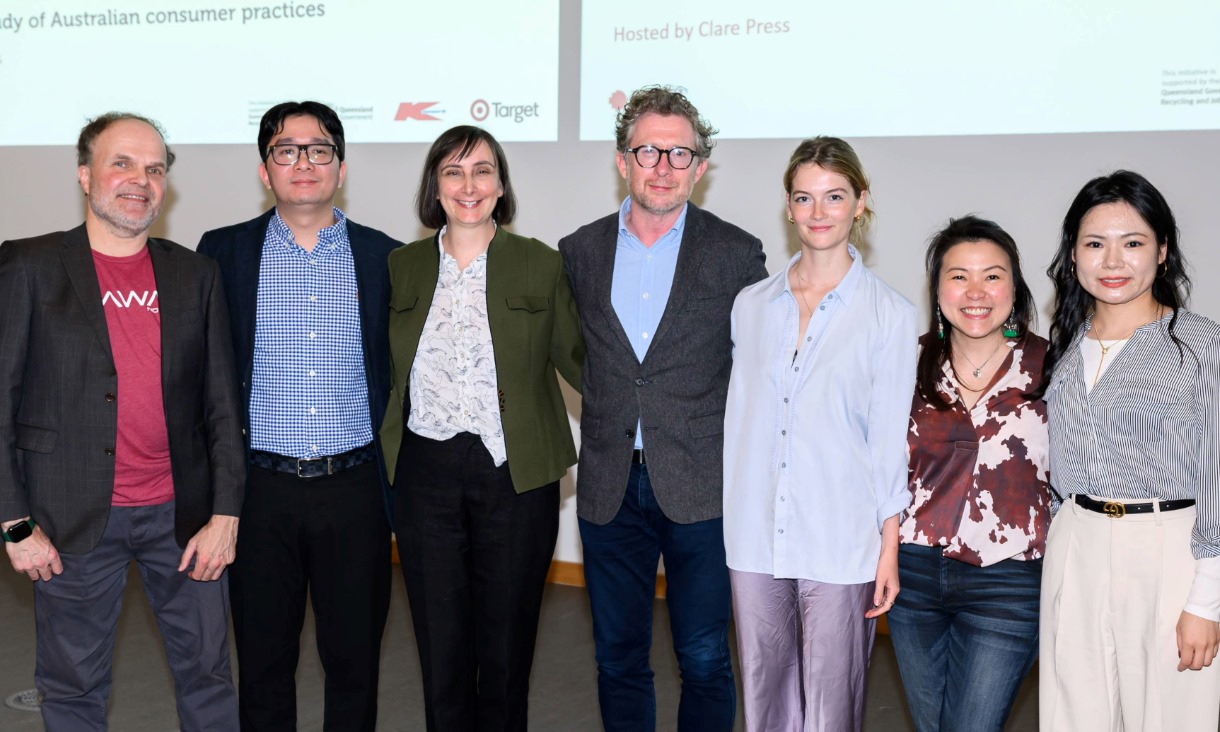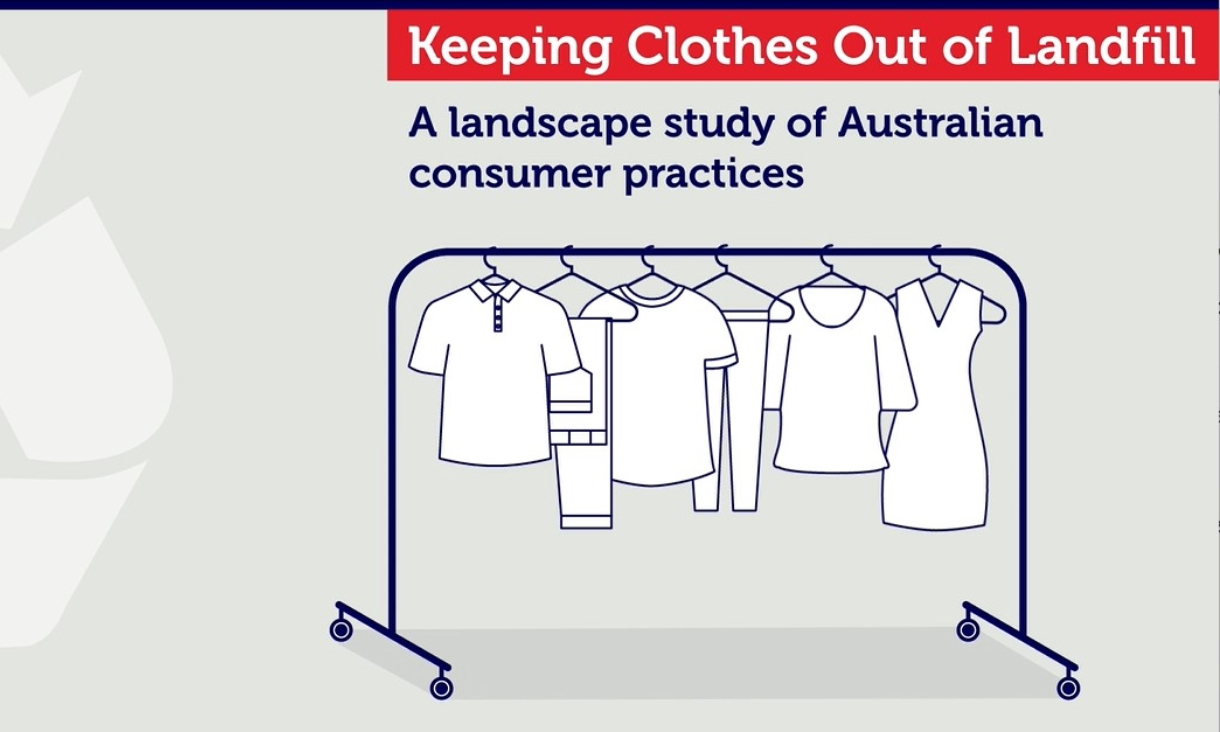Happy to donate but confused about responsible disposal
Most Australians donate unwanted but otherwise good clothes, with 87% of consumers indicating they donate unwanted clothing to charity.
The findings also show consumers are confused about where and how to responsibly discard clothing that can no longer be worn.
Fifty-one per cent throw away worn-out or significantly damaged clothes in the general waste bin and 30% in the household recycle bin at least half of the time.
Payne said consumers need more durable products and a national textile recycling scheme, which were key recommendations in the report.
“Our research found consumers clear out their wardrobes once or twice a year, and strategically timed collection drives for this clothing could work well,” she said.
Kmart Group’s Head of Sustainability, Blake Lindley, said the findings speak to the company’s commitment to a sustainable textiles industry.
“This landmark study provides us with the vital data we need in order to develop and invest in evidence-based programs and initiatives that will directly and measurably reduce the amount of clothing that ends up in landfill,” he said.
“We know our customers want to do the right thing.
“As one of Australia’s largest retailers we have an important role to play; we’re committed to developing and being part of the right solutions that have a material impact on fashion waste.”
Second-hand sellers deserve government help
Co-author Professor Simon Pervan from RMIT’s Graduate School of Business and Law said governments could step in by supporting second-hand clothing sellers.
“Businesses who resell clothing should be financially supported through grants, investments or financial incentives,” he said.
“These circular business models exist in the market but need a helping hand to scale up and boost capacity.”
Consider repairing your clothes
About one in three consumers preferred to repair clothing themselves or take it to a professional repairer, particularly if they had paid a higher price or felt emotionally attached.
Payne said Australians were open to repairing their clothes but often did not know how.
“We need clothing education programs, focused on boosting Australians’ clothing repair skills and confidence,” she said.
“This could be through supporting initiatives such as community repair cafes and embedding skills into school curriculums.”
Next steps
Payne said while textile recycling options were currently limited, there were still things we can do.
“Buying fewer new clothes and keeping them in use for as long as possible will go a long way,” she said.
“Try to use unwearable clothes around the house as rags or repurpose in other ways, and when the time comes, dispose of them responsibly by sending for recycling.”
The study also identified three types of Australian personas with respect to their clothing practices, which can help industry and government engage with consumers.
Kmart Group has committed to funding at least two more national surveys to run in 2027 and 2031, which will measure the country’s progress towards clothing circularity.
Read the report, Keeping clothes out of landfill: A landscape study of Australian consumer practices, which was funded jointly by Kmart Group and the Queensland Government Department of Environment, Science and Innovation. DOI: 10.25439/rmt.27092239
Co-authors: Alice Payne, Xinru (Angie) Jiang, Paige Street, Mark Leenders, Ninh Nguyen, Simon Pervan, Carol Tan
Story: Aеden Ratcliffе









